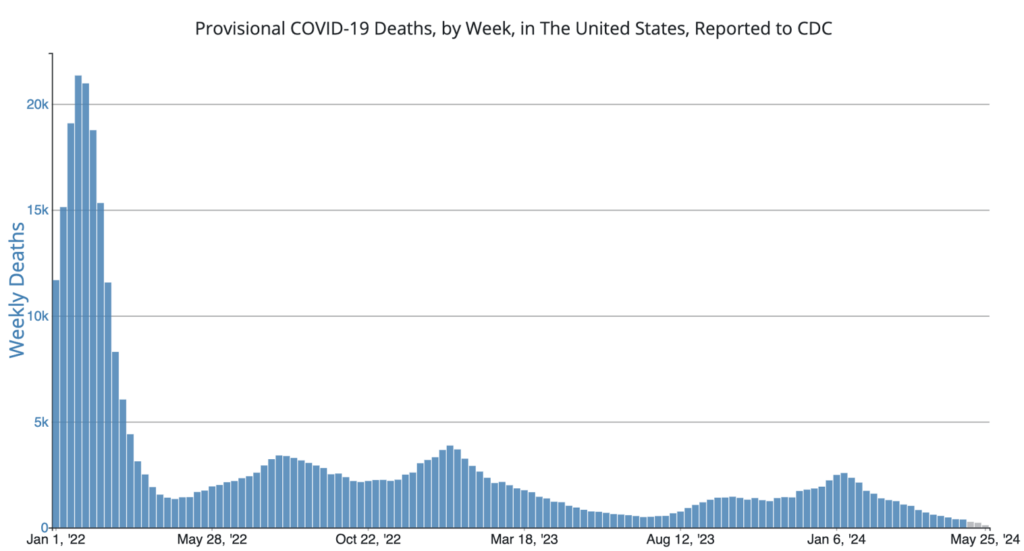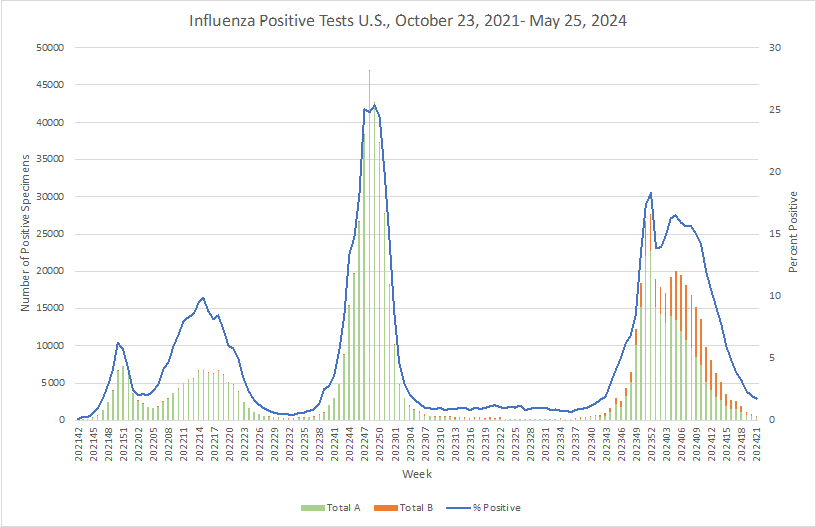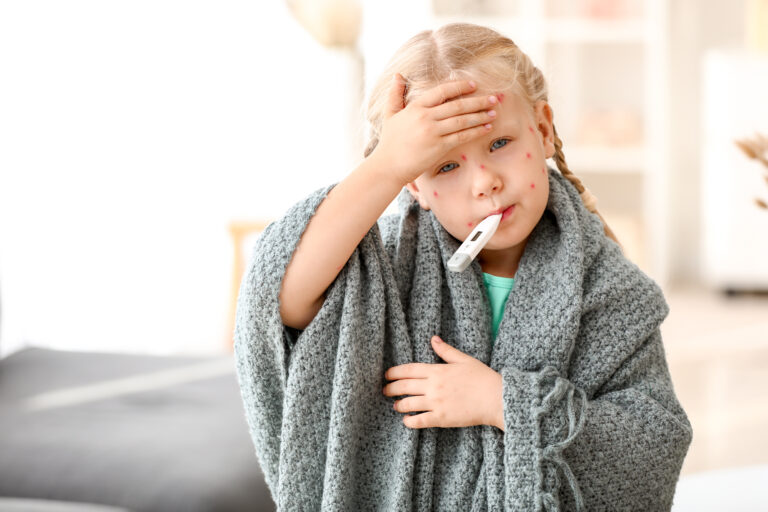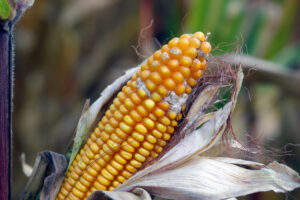Following the COVID-19 pandemic, we have seen an increase of many communicable infectious diseases. One such disease is varicella, more commonly referred to as chickenpox, which is caused by the varicella-zoster virus (VZV) and is characterized by itchy red blisters on the skin.
Chickenpox is contagious for one to two days before blisters appear and remains contagious until every lesion has scabbed over, which typically takes one to two weeks. The virus is spread through direct contact with fluid from open blisters or mucus of an infected individual and through airborne transmission from sneezing and coughing. After infection, the virus remains dormant in the nervous system and can reactivate as shingles, with about 1 in 3 people in the U.S. contracting shingles in their lifetime.
Although shingles is not contagious itself, it can spread chickenpox to individuals who do not have antibodies against VZV. This means shingles in parents or grandparents of a household can result in chickenpox in anyone who is not immune such as children who are unvaccinated.
The chickenpox increase is being seen in various regions of the US with a 200% rise in cases reported in Montana among school-aged children in 2023 – over half of which were linked to exposure to an adult who was suffering from shingles. In New York City, there is an ongoing outbreak amongst migrants from Central and South America, with a total of 873 cases reported between October 2022 and March 8, 2024. More than 50% of the cases in New York City were found in individuals between the ages of 4 and 18 years old, and 92% occurred in unvaccinated individuals, which emphasizes the importance of varicella vaccination in lowering the risk of infection.
Individuals infected with chickenpox or shingles are advised to stay at home to prevent the spread of the virus. If this suggestion is ignored and the virus is spread around a workplace, productivity can be negatively impacted for several weeks. The most effective way to prevent infection, however, is vaccination. Since its introduction in 1995, the chickenpox vaccine has significantly decreased case numbers. It is more than 90% effective at preventing infection. The vaccine Shingrix, for shingles, has an effectiveness rate of over 90% and is recommended for adults over 50 years old to prevent infection.
Experts attribute the rise in outbreaks, not only of VZV but of other infectious diseases as well, to interruptions in vaccine administration during the pandemic and hesitancy to follow and trust healthcare experts. As such, TAG recommends staying up to date with vaccinations and following set public health guidelines to lower your risk of contracting communicable diseases.
COVID Risk Matrix:

Influenza:


- Peak tick season is just beginning, but Ontario is already seeing a higher-than-normal number of tick bites and tick-borne illnesses. Ontario is home to 13 established tick species, with blacklegged ticks being the most likely to transmit diseases like Lyme disease. So far this year, there have been at least 1,124 sightings of blacklegged ticks in Ontario, with over 600 found on humans. Reports of tick sightings have been increasing since 2014, and the warming climate has expanded the range of these ticks, increasing human exposure. Lyme disease cases have surged by 1,000% in Canada over the past decade.
- 90% of the cases in a chicken pox outbreak in New Yorkers that began in Oct 2022 among persons who had migrated from Central and South America, were not vaccinated.
- Montana has reported a 200% increase in chickenpox cases. Over half of them were linked to exposure to an adult who was suffering from shingles. Vaccination of adults for shingles and children for the chicken pox vaccine is urged.
- Rates of infectious diseases including TB and the flu have risen since the pandemic. This article suggests that improved surveillance as well as increases in travel and other social activities have likely led to the increase.
- With 4,773 registered cases since March last year, Romania has the highest rate of measles in the EU and the fifth highest rate in the wider European region, according to the latest data from the WHO. Kazakhstan tops the chart with 36,292 cases registered between March 2023 and April 2024, followed by Azerbaijan [28,855], Russia [18,977], and Kyrgyzstan [14,472]. In all five countries, vaccination rates are low.
- The WHO received reports of 528 new mpox cases in April, down 21.1% from March. Regions reporting the most cases were the Americas, followed by Africa and Europe. Most of Africa’s cases of mpox were reported in the Democratic Republic of the Congo (DRC), which is experiencing an ongoing outbreak due to a novel clade 1 virus.





